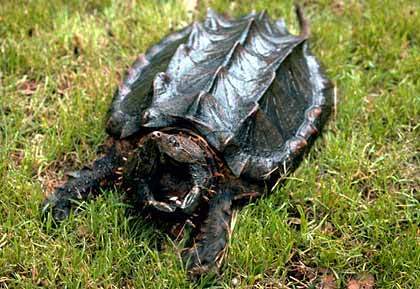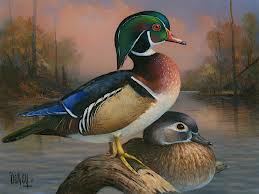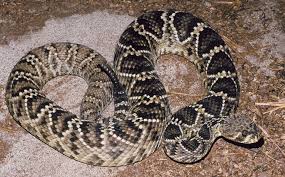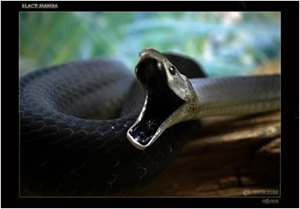
The American black bear (Ursus americanus) is a medium-sized bear native to North America. It is the continent’s smallest and most widely distributed bear species. Black bears are omnivores with their diets varying greatly depending on season and location. They typically live in largely forested areas, but do leave forests in search of food. Sometimes they become attracted to human communities because of the immediate availability of food. The American black bear is the world’s most common bear species.
It is listed by the IUCN as Least Concern, due to the species’ widespread distribution and a large global population estimated to be twice that of all other bear species combined. Along with the brown bear, it is one of only two of the eight modern bear species not considered globally threatened with extinction by the IUCN. American black bears often mark trees using their teeth and claws as a form of communication with other bears, a behavior common to many species of bears.Although they live in North America, American black bears are not closely related to brown bears and polar bears; genetic studies reveal that they split from a common ancestor 5.05 million years ago. Both American and Asian black bears are considered sister taxa, and are more closely related to each other than to other species of bear. Reportedly, the Sun Bear is also a relatively recent split from this lineage.
A small primitive bear called Ursus abstrusus is the oldest known North American fossil member of the genus Ursus, dated to 4.95 mya. This suggests that U. abstrusus may be the direct ancestor of the American black bear, which evolved in North America.Although Wolverton and Lyman still consider U. vitabilis an “apparent precursor to modern black bears”, it has also been placed within U. americanus.
The ancestors of American black bears and Asiatic black bears diverged from sun bears 4.58 mya. The American black bear then split from the Asian black bear 4.08 mya. The earliest American black bear fossils, which were located in Port Kennedy, Pennsylvania, greatly resemble the Asiatic species,[10] though later specimens grew to sizes comparable to grizzlies. From the Holocene to present, American black bears seem to have shrunk in size, but this has been disputed because of problems with dating these fossil specimens.
The American black bear lived during the same period as short-faced bears (Arctodus simus and A. pristinus) and the Florida spectacled bear (Tremarctos floridanus). These Tremarctine bears evolved from bears that had emigrated from Asia to North America 7–8 ma. The short-faced bears are thought to have been heavily carnivorous and the Florida spectacled bear more herbivorous, while the American black bears remained arboreal omnivores, like their Asian ancestors. The black bear’s generalist behavior allowed it to exploit a wider variety of foods and has been given as a reason why of these 3 genera, it alone survived climate and vegetative changes through and last ice age while the other more specialized North American predators went extinct. However, both Arctodus and Tremarctos had survived several other ice ages. After these prehistoric Ursids went extinct during the last glacial period 10,000 years ago, black bears were probably the only bear present in much of North America until the arrival of brown bears to the rest of the continent.





